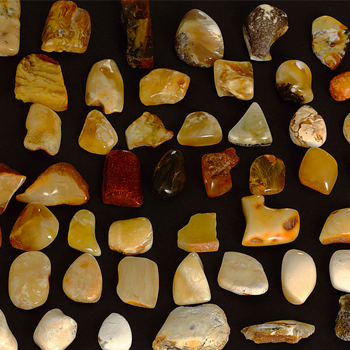In what parts of the digestive system do mechanical and chemical digestion take place? how do the process occurs? please help thx?
1 Answer
In mechanical digestion, it is done it the mouth, chemical in the stomach.
Explanation:
Vocabulary
- Digestive System: group of organs working together to digest food into molecules that the body can use.
- Mechanical Digestion: breaking, crushing, mashing of food
- Chemical Digestion: large molecules of food are broken down into nutrients
- Digestive tract: series of tube like organs that are joined and to end (about 9 meters)
- Nutrients: substances in food that are required in the human body for normal growth
In the Digestive tract, the mouth is first on the list. This is where Mechanical digestion takes place. Teeth crush, grind, break, shred, and mash food into small pieces that are easy to swallow and digest. Saliva is an enzyme that starts to break carbohydrates, if any. That's why the mouth also performs Chemical Digestion. Once the food is ready to be swallowed, it is pushed into the Pharynx and into the esophagus*. The esophagus squeezes food with rhythamic muscle contractions-this is called Peristalsis. We have traveled in 3 out of the 8 organs in the digestive tract.
Next stop, the stomach! This is where some, but not all of the digestion occurs. In fact, most of the chemical digestion isn't even done here! Chemical digestion is done here. As a matter of fact, Mechanical Digestion is also done here, for the stomach squeezes its contents. Enzymes break the food into nutrients, that are processed in the large and small intestines. The small intestine absorbs the nutrients and send it to the bloodstream. It also does most of the Chemical Digestion, while there is absolutely no Mechanical Digestion. The "food" in here will now be called chyme, a soupy mixture. Chyme is moved by peristalsis! The large intestine sort of processes the waste to be sent to the rectum and anus, where the waste will leave the body. This is the end of the Digestive tract.
Extra notes
- Digestive tract: mouth-pharynx-esophagus-stomach-small intestine-large intestine-rectum-anus.
- Other Digestive Organs: Teeth, gallbladder, pancreas, and salivary glands
- Enzymes break down nutrients into smaller particles that can be absorbed by blood
- Hunger is caused by cells that send signals to the brain indicating the need for energy

